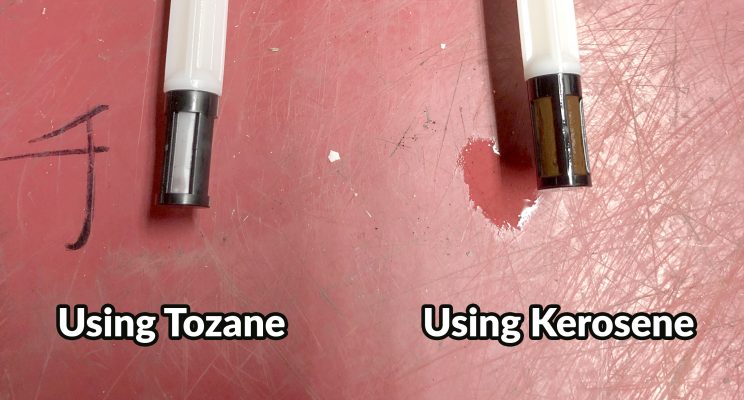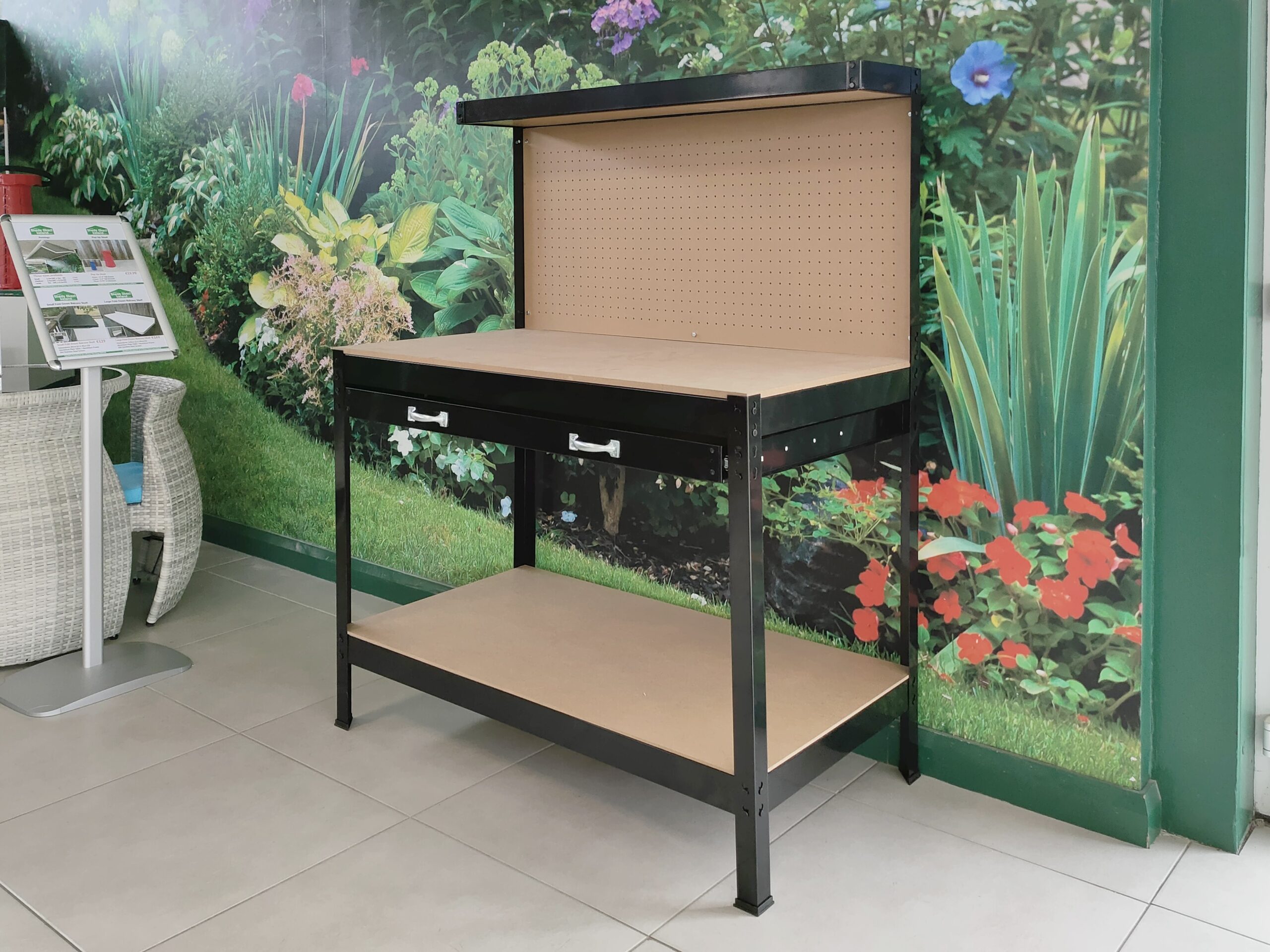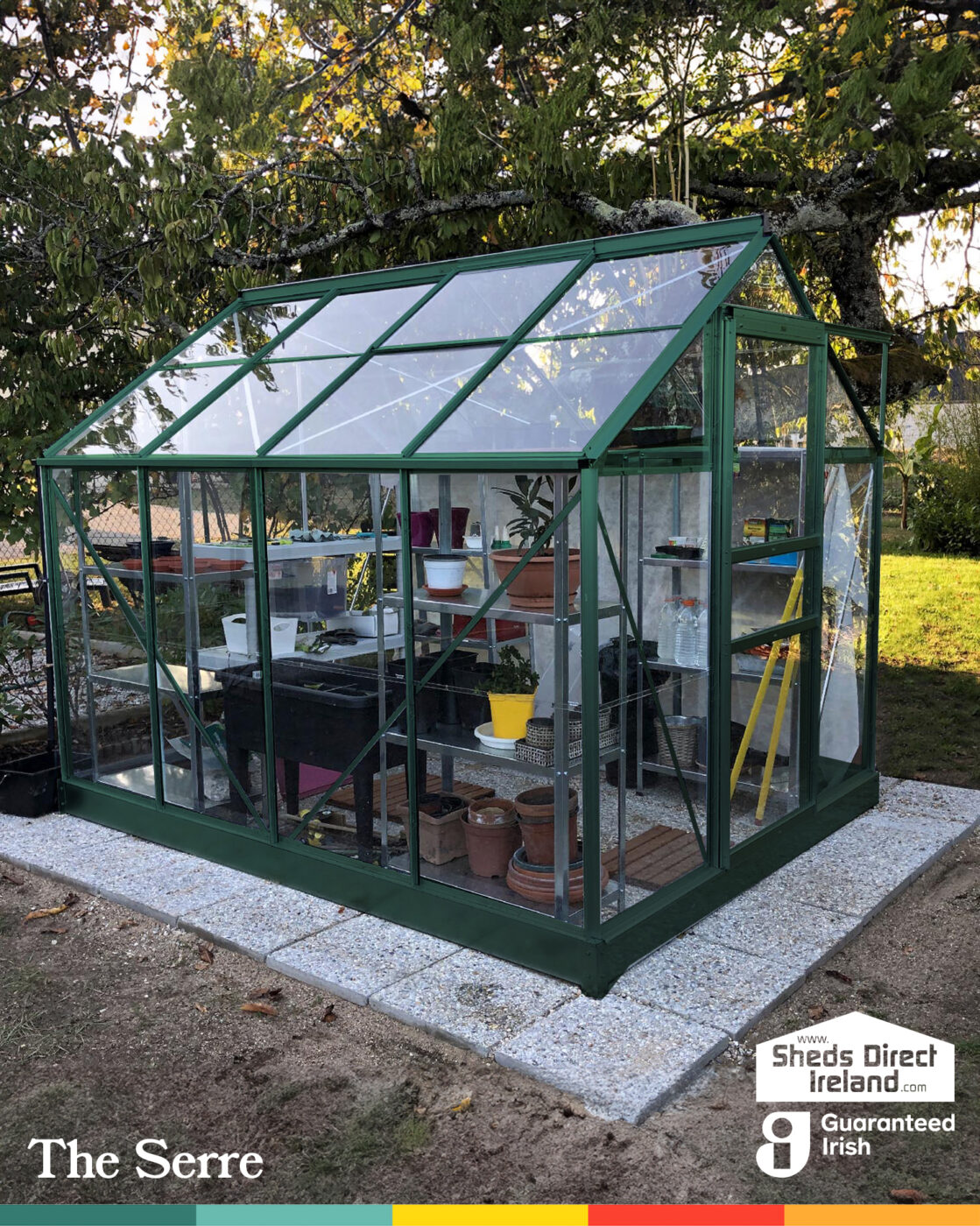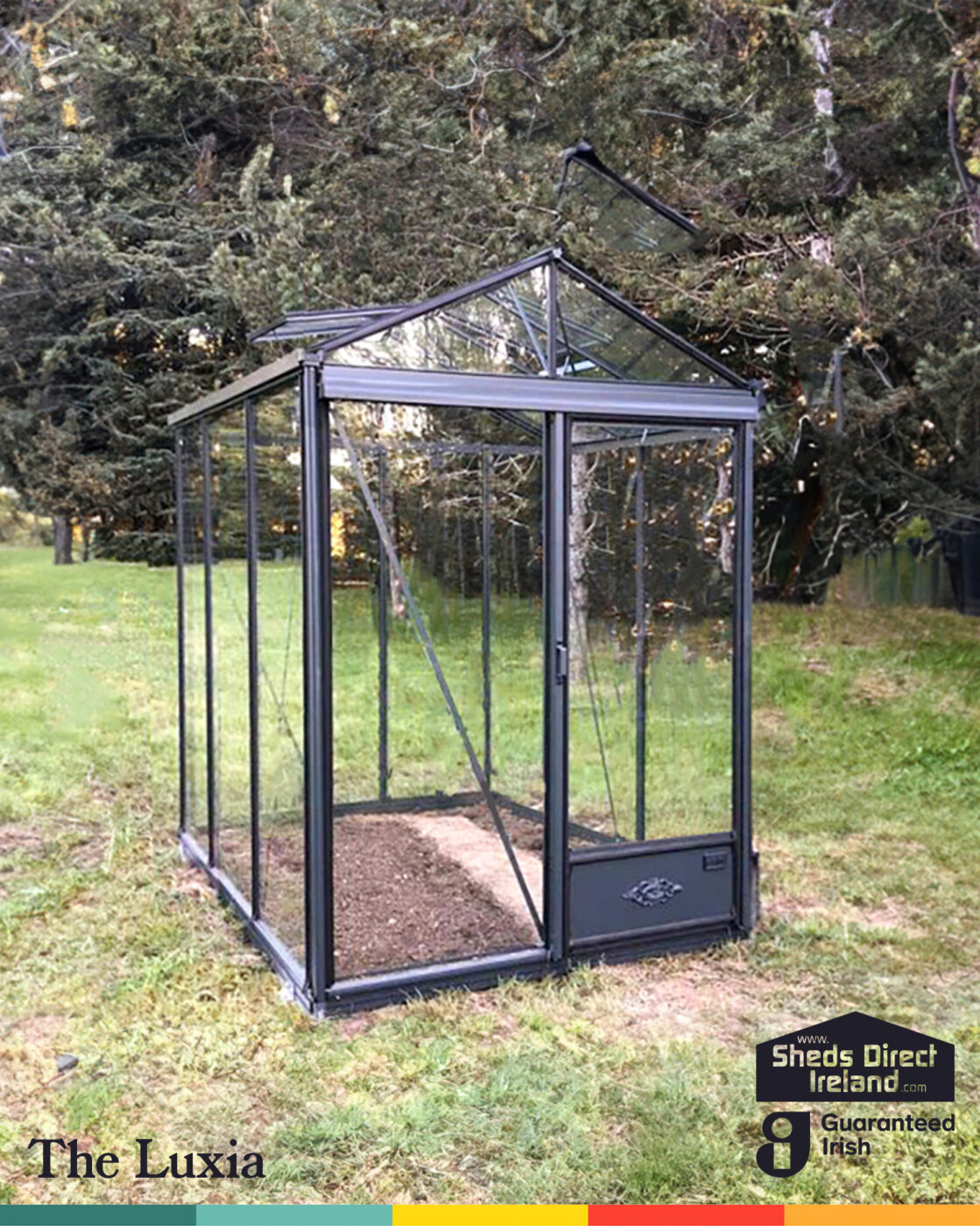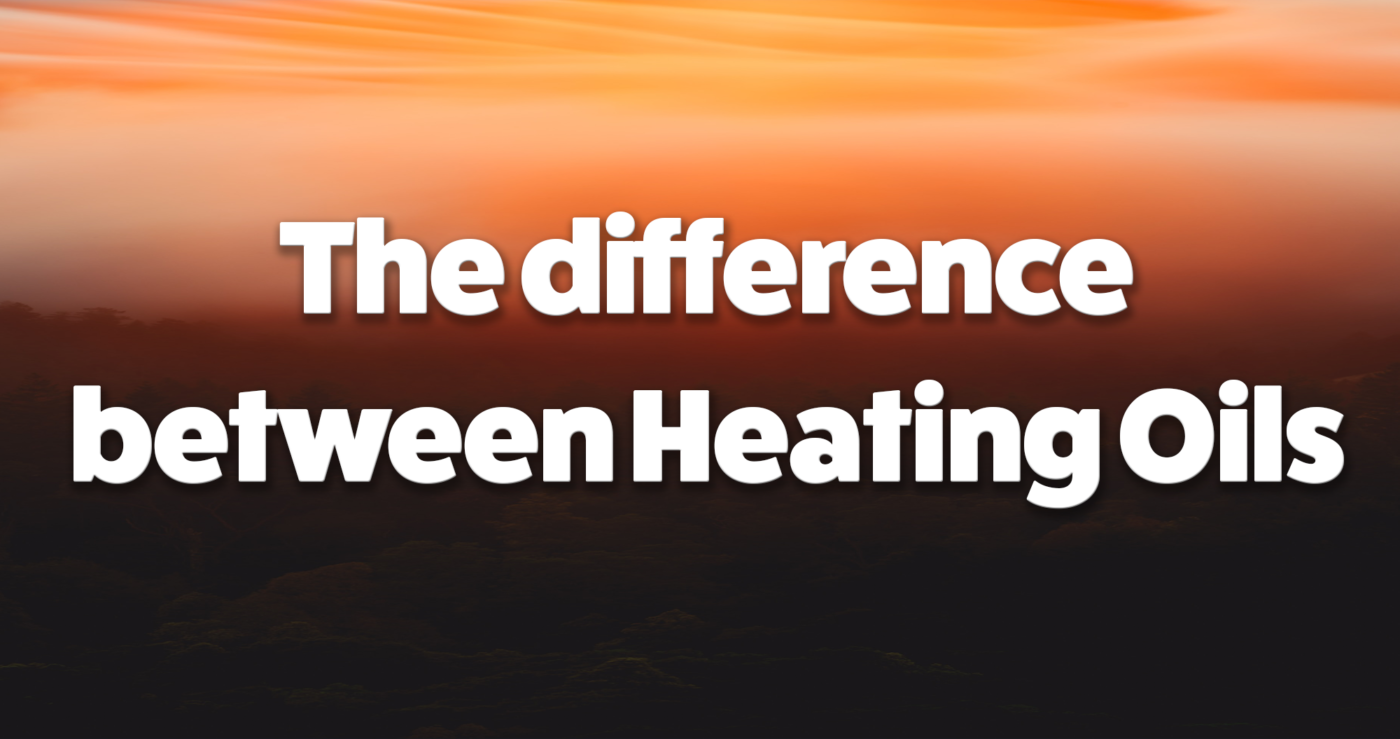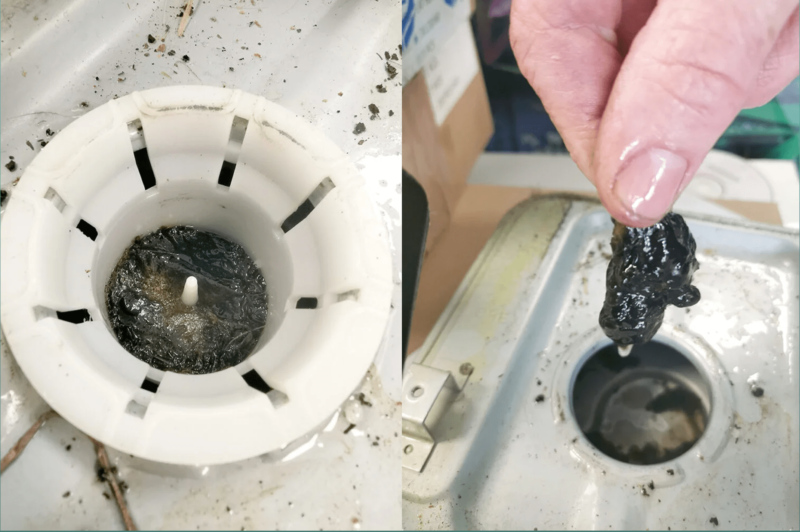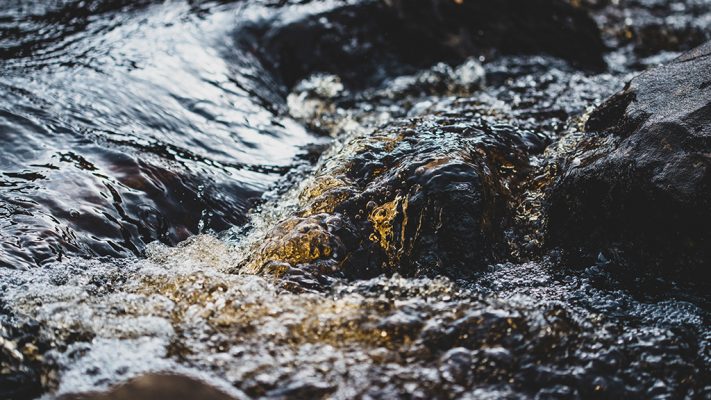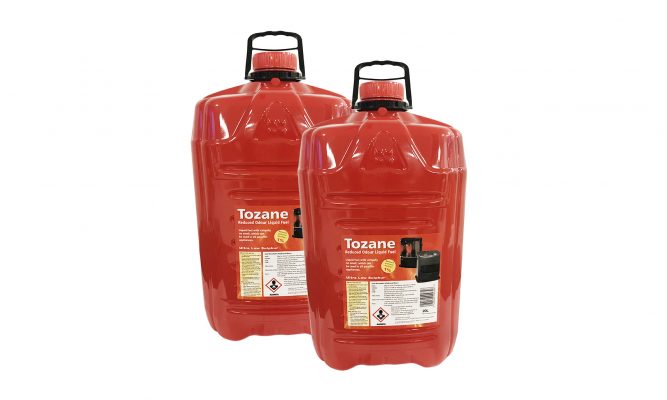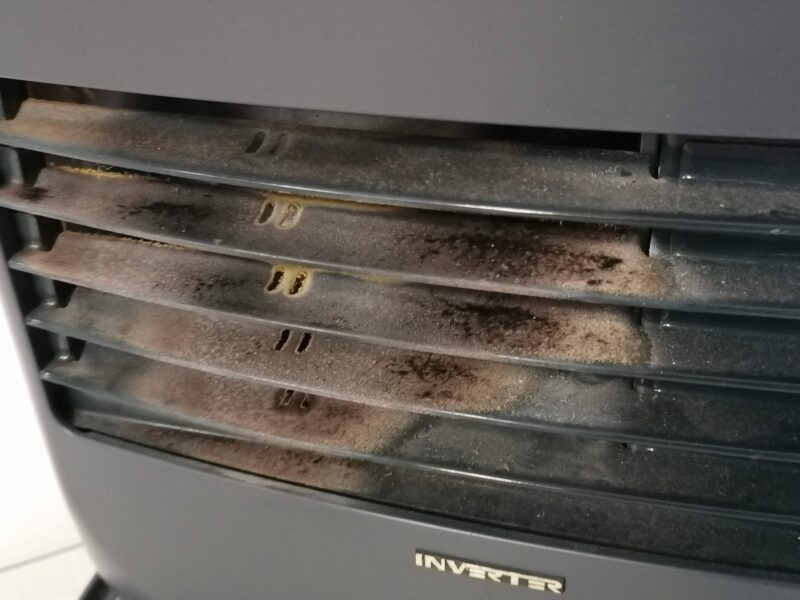Save Money
Heating Oils in Ireland – What’s the Difference
Heating Oils
Heating Oils in Ireland are considerably cheaper than electricity currently. If you’ve gotten yourself a home oil or Paraffin Heater, you’ll already know that you’re saving a small-fortune. But can you can save more with cheaper oil? Let’s find out.
Not all heating oils are created equal
All fuels are, unsurprisingly, different. While they might all appear to be visually similar, their chemical make-up can vary wildly. It’s important to note that regardless of what heater you have, you should only use the fuel that the manufacturer advises. And sure, while you’ll read online or hear from your friends that “ah hun, stop, that’s just so they can get more money off you”, there is a whole lot more to it than that.
Manufacturers know what fuels can and cannot be burned in their heaters. They’ve built the things, sure! Different fuels burn at different temperatures. Some will require more ventilation than others. Others will produce a hell of a lot of soot and in some cases even noxious fumes. Not every heater can accommodate all these different requirements, so not any fuel can go into any heater.
Regardless of whether you buy your new heater from us or not, please only use the recommended fuel. (But hey, if you don’t want to do that that’s cool – we’ll see you this time next year to sell you your new heater!)
Comparing Fuels
Right, now that we’ve gotten the important disclaimer bit out of the way, we need to get down to comparing the common home heating oils used in Ireland.
We’ll be looking at Kerosene, Gas Oil, Paraffin and Tozane.
We will look at cost (upfront and long-term), safety and odour.
Cheap Kerosene
Kerosene is cheap, but not too cheerful. While it’s great for home heating systems, putting it in a portable home heater is asking for trouble. For a start, Kerosene has a very strong odour, you’ll know it once you smell it. It will pong out a room worse than a hungover stag party that were on the Guinness.
While Kerosene burns it also produces a lot of soot. This increased by-product can clog up mechanisms in portable heaters and reduce their effectiveness, which will eventually lead to the unit breaking. Look at this example of kerosene that burned up, left a residue that became a gunk, which clogged the unit and stopped it working.
Kerosene might be cheap initially, but not in the long-run. Don’t get suckered in!
This is not to say that Kerosene won’t work, it will – but for it to be effective it would need to be monitored more closely than a toddler in in a fireworks factory. You’d need to be servicing it about once a week or once a fortnight at least. And that’s before you consider how dirty Kerosene is and how bad it is for your lungs (and especially for children’s lungs). Kerosene is not safe for indoor use. Don’t use it in a portable heater. Don’t use it in a paraffin heater.
Gas Oil
Gas Oil is essentially just Diesel. It might have had a dye added to it to distinguish it from Diesel, but they share the same chemical makeup otherwise. When you hear the stories of motorists being caught with ‘dyed Diesel’, they were just using cheaper Gas Oil to fuel their motor. Cheeky divils.
It should go without saying, but burning Diesel in a portable heater is insane. Gas Oil/Diesel is not at all safe for indoor use at all. It has over ten times more sulphur in it than Kerosene. It can only be burned openly in a very-well ventilated area (which, if you’re trying to heat makes it completely pointless). Failure to do so can lead to repetitive coughing, shortness of breath, dizziness and even blurred vision. There are countless studies and personal accounts which link long term Diesel inhalation with Lung Cancer, Kidney Disease and Heart complications.
Imagine backing the car up to the house to use the exhaust to heat the room. Exactly, it’s madness.
Paraffin Oil
Paraffin is Kerosene that has been purified. It’s refined several times over, removing well over 99.9% of the impurities in it, making it much safer for home use. This means it’s considerably less odourous than Kerosene (though it does have a minor smell) and it produces a hell of a lot less soot too. It’s got a lot less sulphur in it as well, making it considerably safer on lungs, both young and old. It’s safe for indoor use.
Don’t just take our word for it, check out differencebetween.com‘s take on it. They’re a website that, as the name would suggest, gives impartial differences between two products. Up until recent years, Paraffin was the safest option for portable heating units.
Tozane
Tozane is a ROLF. That’s a Reduced Odour Liquid Fuel. It’s the modern replacement to Paraffin and becoming increasingly popular in Ireland. It’s virtually odourless, meaning that while it does still have an odour, it’s considerably less pongy than even Paraffin.
There are 3-5 parts of sulphur per million in most ROLFs, Tozane included, meaning it’s perfectly safe for indoor use. Tozane also has a higher flashpoint than Paraffin too, meaning that it safer to store. Unsurprisingly, when you take all these into account ROLFs are the choice for anyone with a bit of sense.
Paraffin Extra and Zibrio are other ROLFs, which are almost identical to Tozane. The prices and drum sizes vary wildly however. At the time of writing, Tozane came in the largest drums and was the most cost effective per litre. Regardless which ROLF you choose to use, you will need to ensure that these oils are safe to use in your heater. You should only use top quality, liquid combustibles with the aromatics removed, which are free from impurities in our heaters. They should have max 1% of aromatics and a flashpoint above 61°. If your fuel doesn’t meet these standards, don’t use it in your heater.
Tozane meets this criteria, that’s why we recommend and sell it. It’s fairly apparent that Tozane is the most cost-effective, safe fuel that won’t damage your heating unit. It’s why we stock it above all other fuels. If you’re interested, you can check out our heater range here or read more about Tozane here.
Summary
